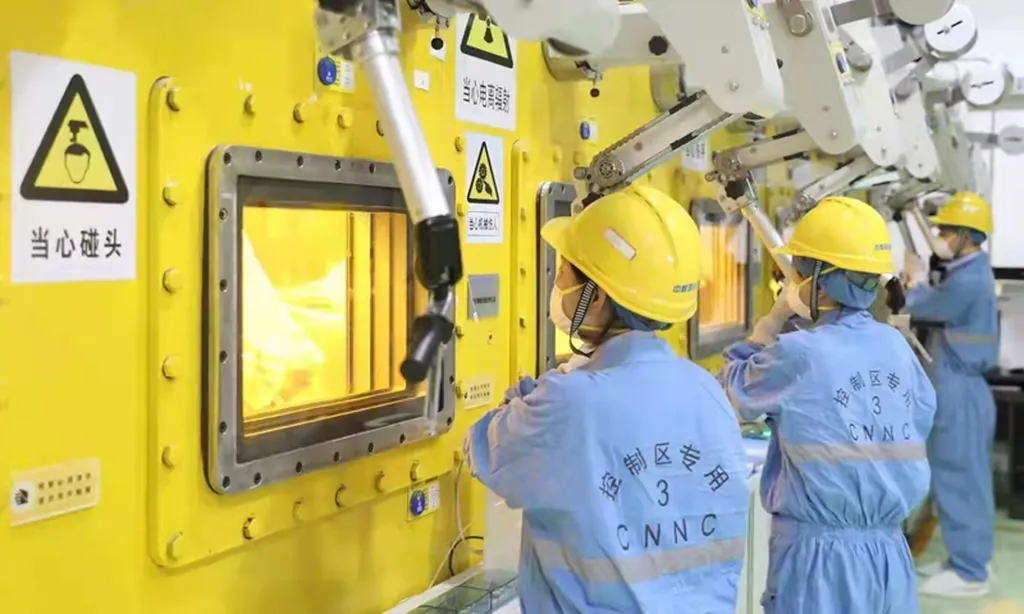In the shadow of aging nuclear power plants, a pressing challenge looms: the decommissioning process generates vast amounts of concrete waste contaminated with radioactive carbon-14 (14CO2). Traditional disposal methods are costly and environmentally taxing, but a recent study published in the *Mechanical Engineering Journal* (Mechanics and Materials) offers a promising alternative. Led by Norikazu Kinoshita of the Institute of Technology at Shimizu Corporation, the research explores a method called “rubbing” to significantly reduce the volume of this hazardous waste.
The key insight? Most of the 14CO2 adsorbs onto the cement within the concrete, not the aggregates. “We confirmed that more 14CO2 adsorbs onto the cements than onto the aggregates by a factor of approximately 100,” Kinoshita explains. This discovery opens the door to a more efficient disposal process. By separating the cement from the aggregates, the volume of radioactive waste can be drastically reduced.
The team conducted rubbing tests using a Los Angeles testing machine, a device typically used to measure the durability of aggregates. They simulated concrete debris and subjected it to rubbing, using steel balls of varying sizes to enhance the effect. The results were promising: the cement and fine aggregates were effectively separated from the debris, reducing the volume of waste.
But the story doesn’t end there. The researchers also explored the impact of heat treatment on the concrete debris. They found that heat-treated debris produced more fines—small particles of cement and fine aggregates—than untreated debris. This suggests that heat treatment could be a valuable pre-processing step to enhance the efficiency of the rubbing method.
One of the most compelling findings was the potential for commercial impact. If this method were to be implemented on an industrial scale, similar to a concrete recycling plant, it could significantly reduce the cost and environmental impact of decommissioning nuclear power plants. “If the volume reduction is performed using a system similar to that used in a concrete recycling plant, the production of class H aggregates is necessary to achieve a sufficient decontamination factor,” Kinoshita notes. This could pave the way for safer, more efficient disposal of radioactive waste, benefiting the energy sector and the environment alike.
The research also highlights the importance of safety measures. Washing the surface residues after rubbing did not improve the decontamination factor, but it did address concerns about radiation protection. “Washing can resolve concerns regarding radiation protection because of scattering of fines contaminated with 14CO2 in the treatment of the residues after rubbing,” Kinoshita explains. This underscores the need for comprehensive safety protocols in any large-scale implementation of this method.
As the energy sector grapples with the challenges of decommissioning aging nuclear power plants, this research offers a beacon of hope. By reducing the volume of radioactive waste and enhancing safety, the rubbing method could revolutionize the way we approach nuclear decommissioning. The study, published in the *Mechanical Engineering Journal*, is a testament to the power of innovation in tackling complex environmental challenges. As we look to the future, this research could shape the development of more efficient, safer, and more sustainable methods for managing radioactive waste.

